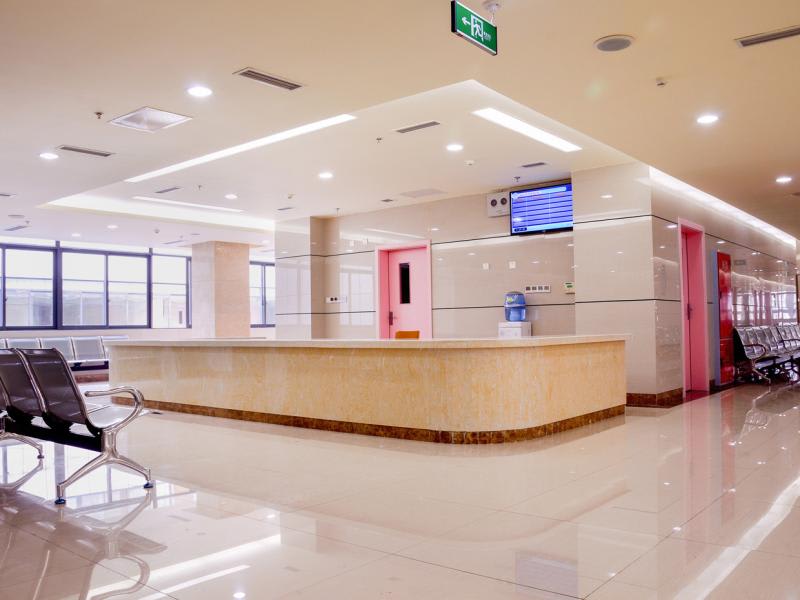We consider challenges holistically across the business, market, and industry, identify the key issues, analyse the data and nurture relationships to determine the key factors that will drive solutions. We develop a pathway forward and support you and the business to implement practical and functional solutions.
RSM understands the complexities of navigating a changing market and regulatory landscape and balancing long term financial sustainability and viability with meeting the “for purpose” and charitable organisations.
We include subject matter experts from across our RSM network as required to build a bespoke expert team to deliver the best outcomes.
Unique financial and business perspective to industry and sector market reviews.
We bring a unique financial and business perspective to industry and sector market review projects. We have undertaken deep consultation with industry, partners and stakeholders, and respect and support the diversity and various perspectives of participants.
Some key projects include the Strategic Facility Review of Bowls in the ACT, which reviewed the viability and sustainability of Bowls facilities in the ACT.
More recently, we have conducted a structural review of a multi-tiered youth organisation and identified recommended pathways to restructure for a sustainable future, and are developing sustainable business models with Aboriginal and Torres Strait Islander health, disability and aged care services organisations.
Delivering insights in Financial Modelling and Analysis to future proof your business
To review the sustainability and viability of your business and services, we place a financial lens over business operations, and develop robust and sustainable financial models that deliver insights, evidence and information on which to base future planning and decisions.
In Disability Services, moving from block funding to fee for service funding has created revenue uncertainty for businesses
Financial modelling brings certainty back into planning your business. Understanding how the business is performing against the price benchmarks mitigates long term risk.
~ Our team’s financial modelling capability includes activity based costing, unit costing and three way financial modelling using ModanoForecasting
~ Revenue projections
~ Cashflow projections
RSM can assist your business with forecasting budget and revenue.
Forecasting budget and revenue provides a future-focused, usually short-term budget or revenue projection over time, based on current and historical data.
Forecasting budget and revenue is a powerful tool that can benefit your company to:
- Identify sustainable and profitable service lines and spot the driver/s of any potential losses
- Identify growth opportunities and inform proposals required to seek investment capital
- When combined with budget variance analysis, it can assist you identifying where optimisation is not efficient so improvements can be made.
We work with you at every stage to refine sustainability strategies or re-engineer services, considering the relative volume and importance of the service to the organisation and participants.
Revenue Projection enables scenario analysis of various parameters.
For example, we have employed this analysis to review the utilisation of new human resources and determined the length of time that would be needed before recruitment costs could be recovered based on the capacity of new recruitment hires to grow additional revenue.
Cashflow Projection is a critical assessment of business liquidity and solvency. We worked with a client experiencing rapid and high growth and undertook a cash flow analysis. A cash flow projection can address some of the following problems:
- Projecting sufficient cash flow to pay out dividends to shareholders.
- Ensuring cash flow is sufficient to employ new staff (which is essential to support growth).
- Ensuring sufficient capital to support office infrastructure growth and geographical business expansion.
- Evaluating the cash operating cycle – how fast the company could pay their creditors and how fast the company is paid by the debtors – this helps to manage creditor relationships, identified areas of risk and improvements.
Costing and Pricing – Activity Based Costing, Price Modelling and Unit Costing
When working with ‘fee for service’ funding, Activity Based Costing analysis and unit costing derives the cost to produce one unit of product or “service” and benchmarking this against the industry price is critical to understanding if your business model can deliver a surplus.
business model can deliver a surplus.
RSM have a wealth of experience, conducting more than 50 different unit costing projects for the NDIS, and the analysis yields important insights on business performance and efficiency.
We have successfully used unit costing analysis to inform a better understanding into costing, pricing and efficiency across a broad range of “not for profit” and service industries, where it provides unique insight and understanding on how funding is spent.
For example, a recent project with a public funded arts centre yielded:
Understanding of the unit costs for each event / activity which identified excess overheads and administration time. This enabled the organisation to optimise and reduce costs.
Understanding of the costs to produce specific arts activities, which inform venue and hire pricing.
Strategically optimise (and prioritise) various events and activities scheduling and balance resourcing use across the broad range of activities.
Opportunities to build own source revenues and understand the costs/ investment required.
Breakeven analysis simply identifies if the service or product line will “break-even” and provides a detailed view of what elements and services of the business are contributing to the financial performance – either a surplus or loss. When we overlay supply and demand on a breakeven analysis, we can identify market and service opportunities for potential growth. Breakeven analysis also informs growth needs and assists in determining the volume of capital required for growth.
Identifying NDIS markets
We have conducted supply and demand analysis down to a detailed geographic area such as NDIS local government areas to assess market viability for new services.
NDIS Model and Breakeven Analysis
Using the NDIS price model as a benchmark, conducted a breakeven analysis to understand the minimum number of service hours required for each service to reach break-even.
Identifying areas for efficiency and improvement through identifying services that were profitable or delivering a loss.
Comparing direct service hours, hours required, breakeven to evaluation if a staffing utilisation problem exists.
Identifying service lines that deliver volume and / or value to the overall business, and service lines that required rationalisation and review (or retirement) to improve financial sustainability of the business.









